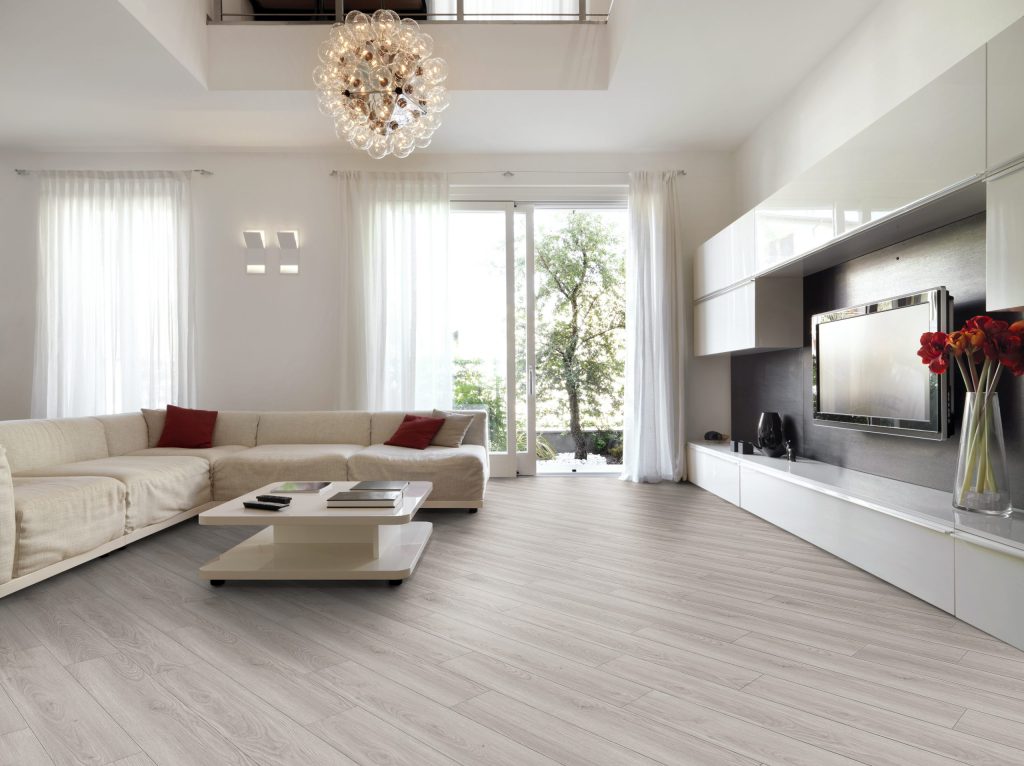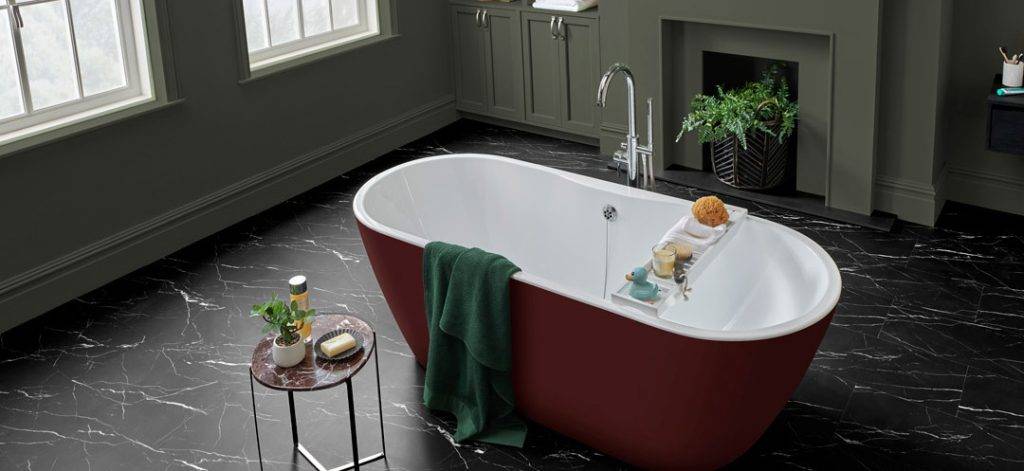Are you looking for a timeless, stylish flooring with practical benefits? Luxury Vinyl Tiles (LVT) is an ideal flooring option for you.
That being said, there’s been a lot of misconceptions about LVT, including what it’s made up of, and how it differs from standard vinyl in more than its high presentation value. As such, Luvanto has made a blog to illustrate what LVT is made up of, and why LVT is one of the best flooring options on the market today.
What is LVT Flooring Made Of?
LVT flooring is composed of several layers, each serving a specific purpose:
- Wear Layer: This top layer protects your floor from every day wear and tear, making sure it’s long lasting even for busy families
- Design Layer: This layer shows the beauty of LVT. Realistic wood, stone, and tile designs achieved by advanced printing techniques create a stunning visual without the downsides of real wood, stone and tile.
- Core Layer: The core layer is what ensures stability and structural integrity. It’s usually made of PVC (polyvinyl chloride) layers and fiberglass layers. It also means that Luvanto’s LVT is waterproof and easy to clean.
Why Choose LVT Flooring?
- It’s durable. Luvanto’s flooring which is scratch and stain resistant, means kids and pets can make as much mess as they want and your flooring will be able to handle the rough’n’tumble of family life whilst keeping its beauty with minimal care and maintenance
- It’s waterproof – most LVTs are water resistant, but Luvanto’s LVT is fully waterproof so it’s ideal for all rooms including kitchens and bathrooms where other flooring types might get damaged
- Easy to clean and maintain – no one needs another difficult household chore, so LVT is an ideal choice when you have a busy lifestyle and want to keep your flooring spotless with minimal effort
- Comfy: a comfortable feel on your feet is essential for flooring in any room. LVT ensures that you’re relaxed and comfortable even when walking around barefoot
- Compatible with Underfloor Heating: if you’re a fan of cosy heating underfoot, then worry not: LVT is compatible so your feet will thank you during the winter months
Upgrade your home with LVT
For a winning combination of beauty and practical, LVT flooring is a perfect choice for most homes. By understanding its composition, you can make an informed decision and select the right flooring for your lifestyle.









